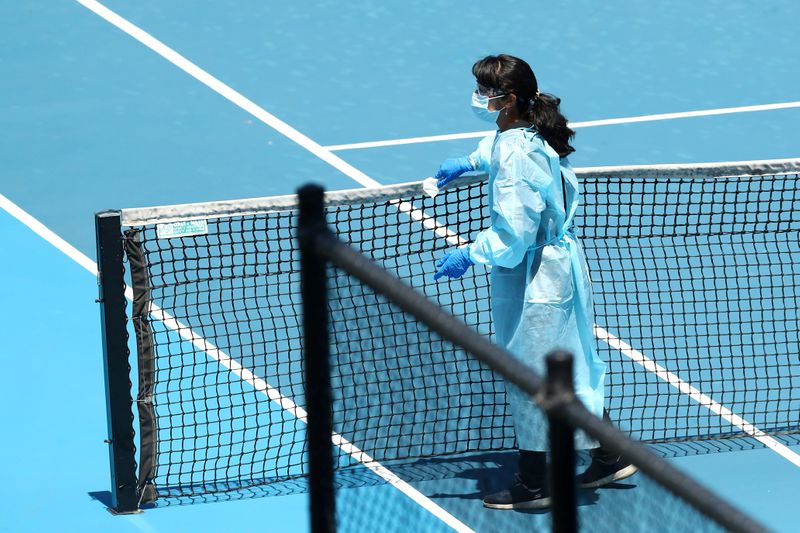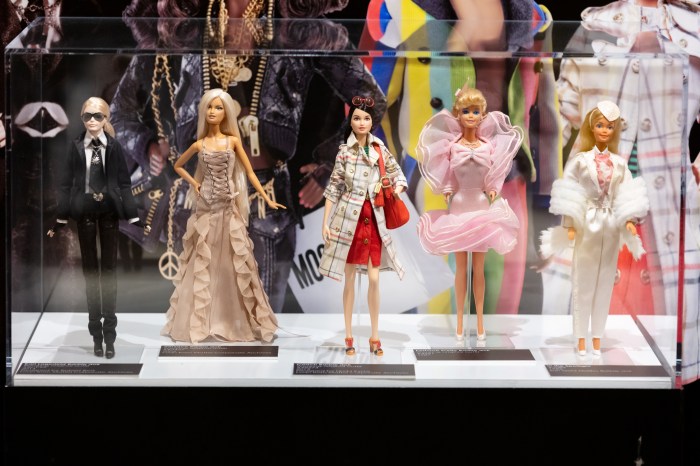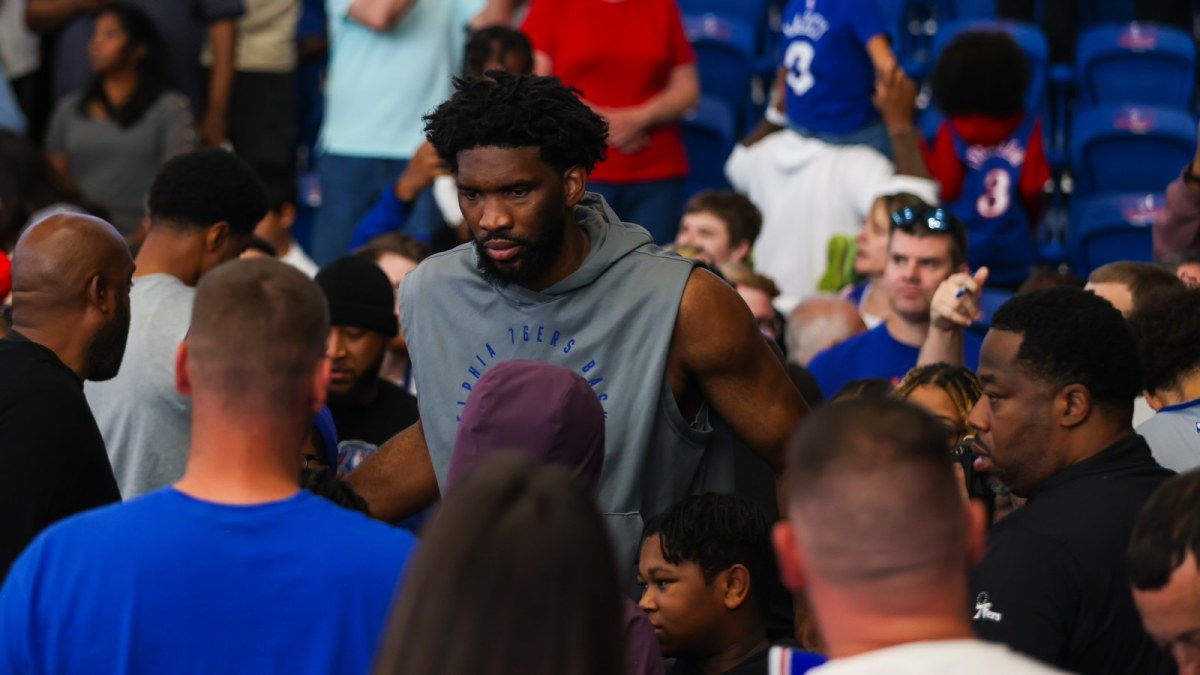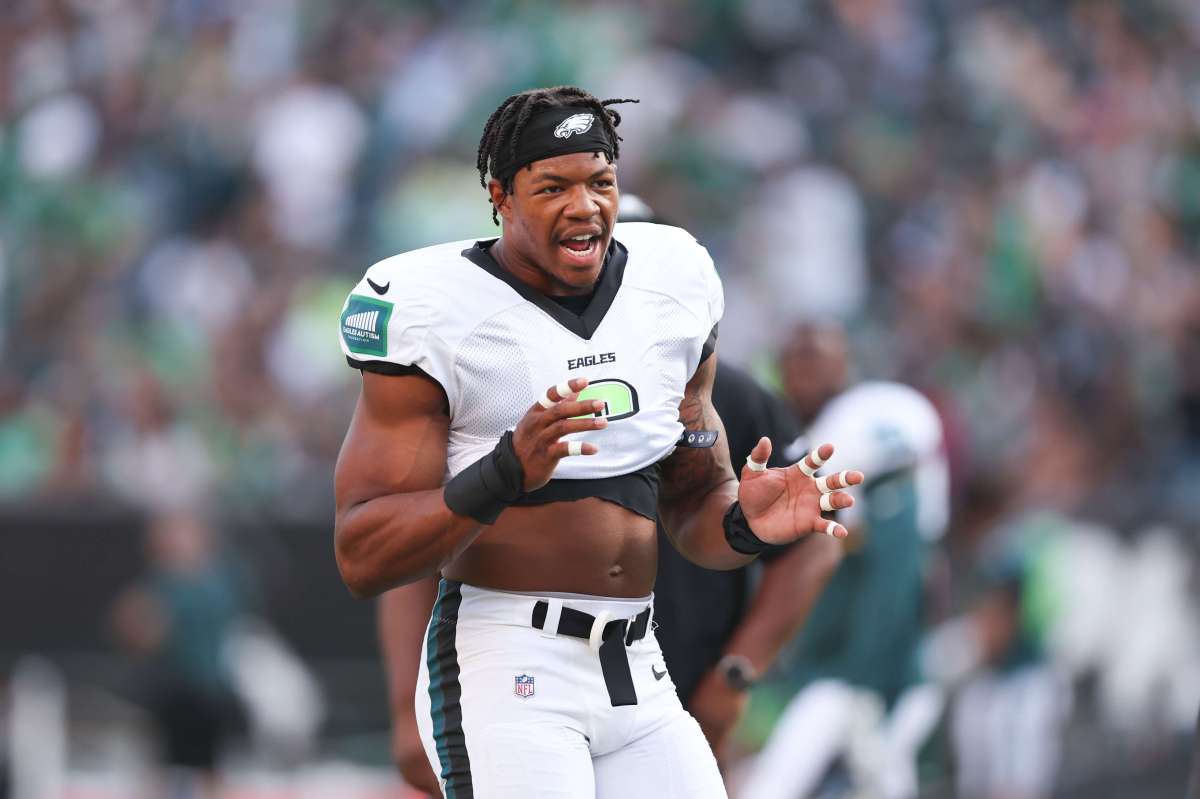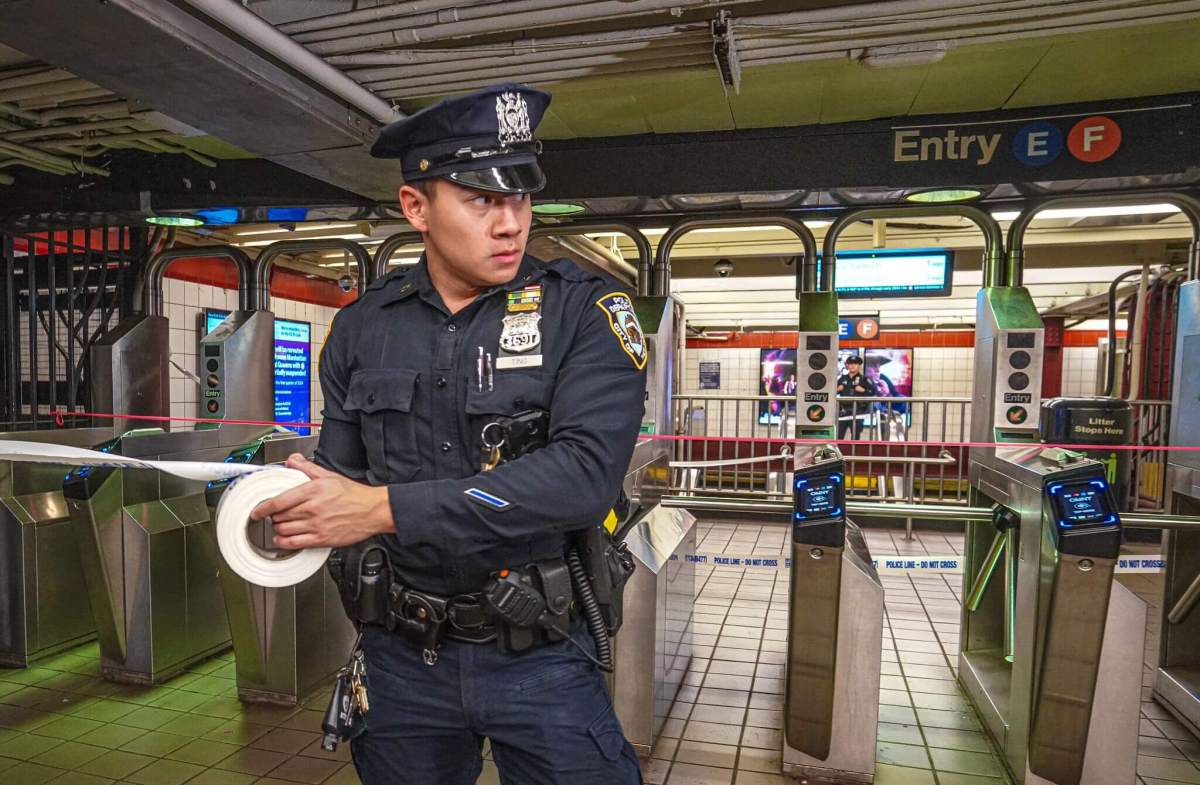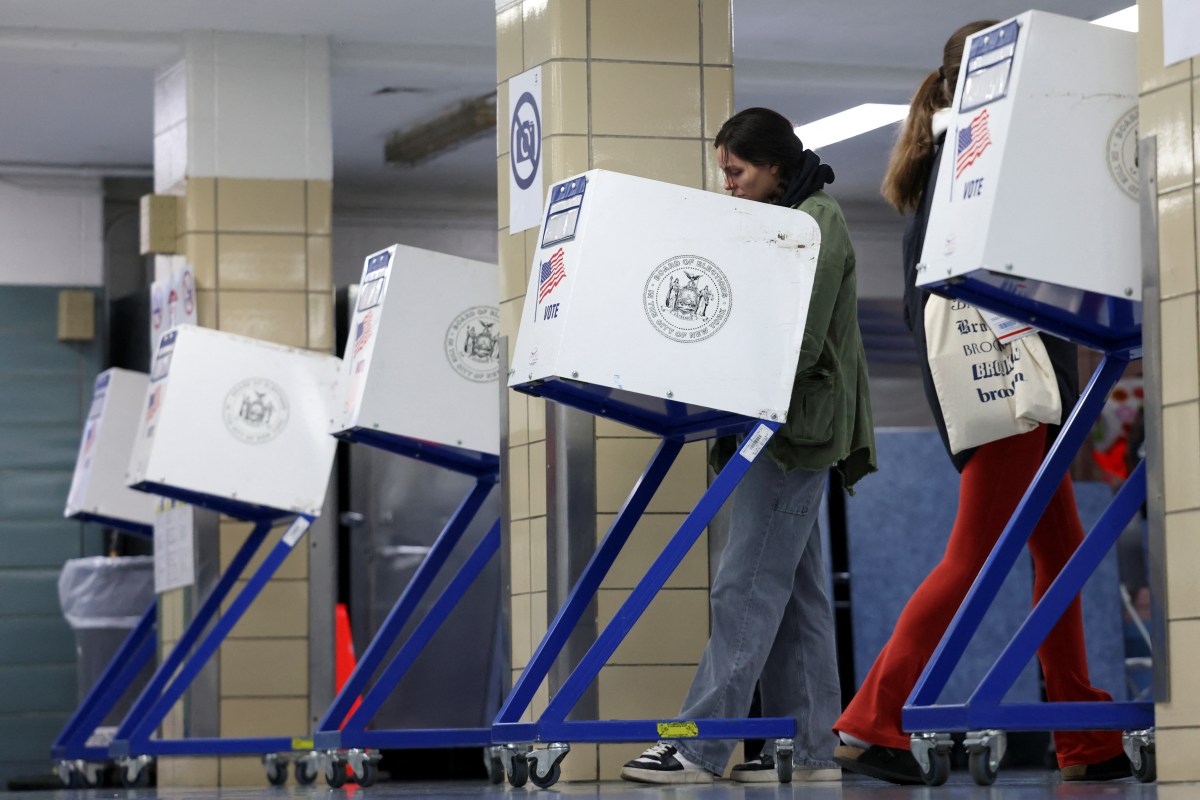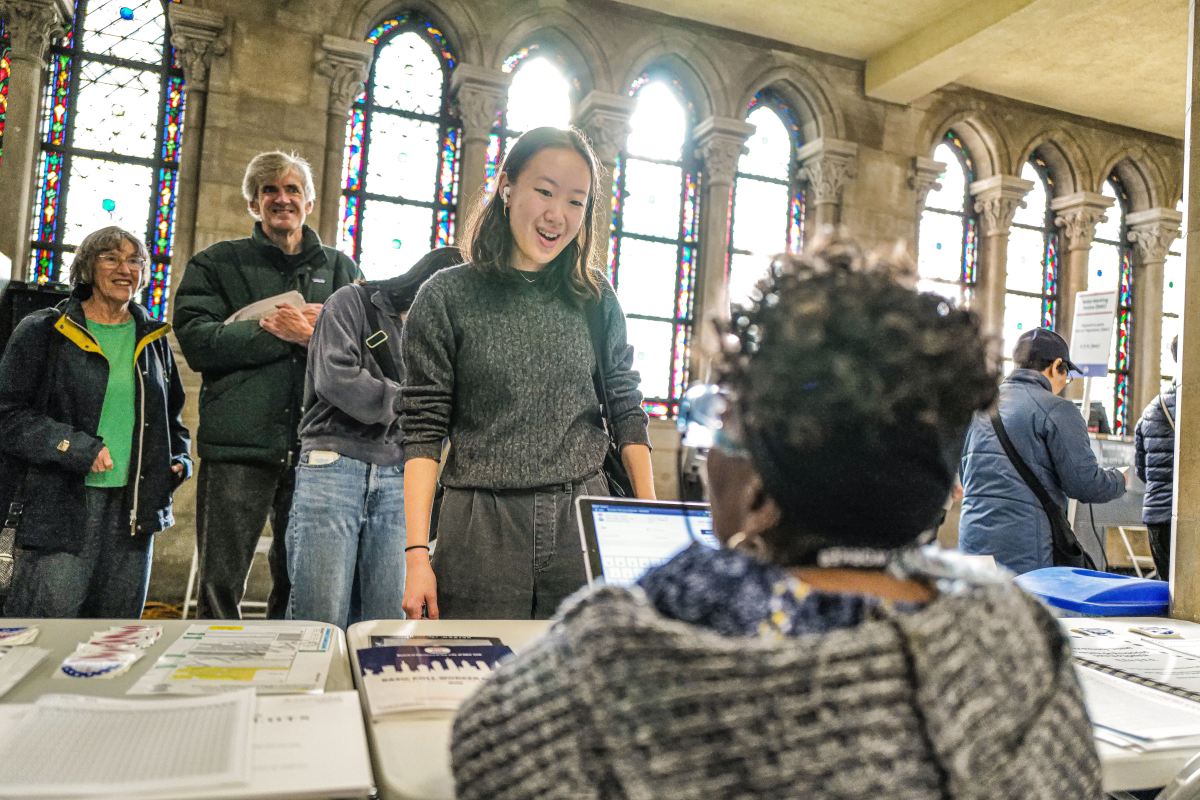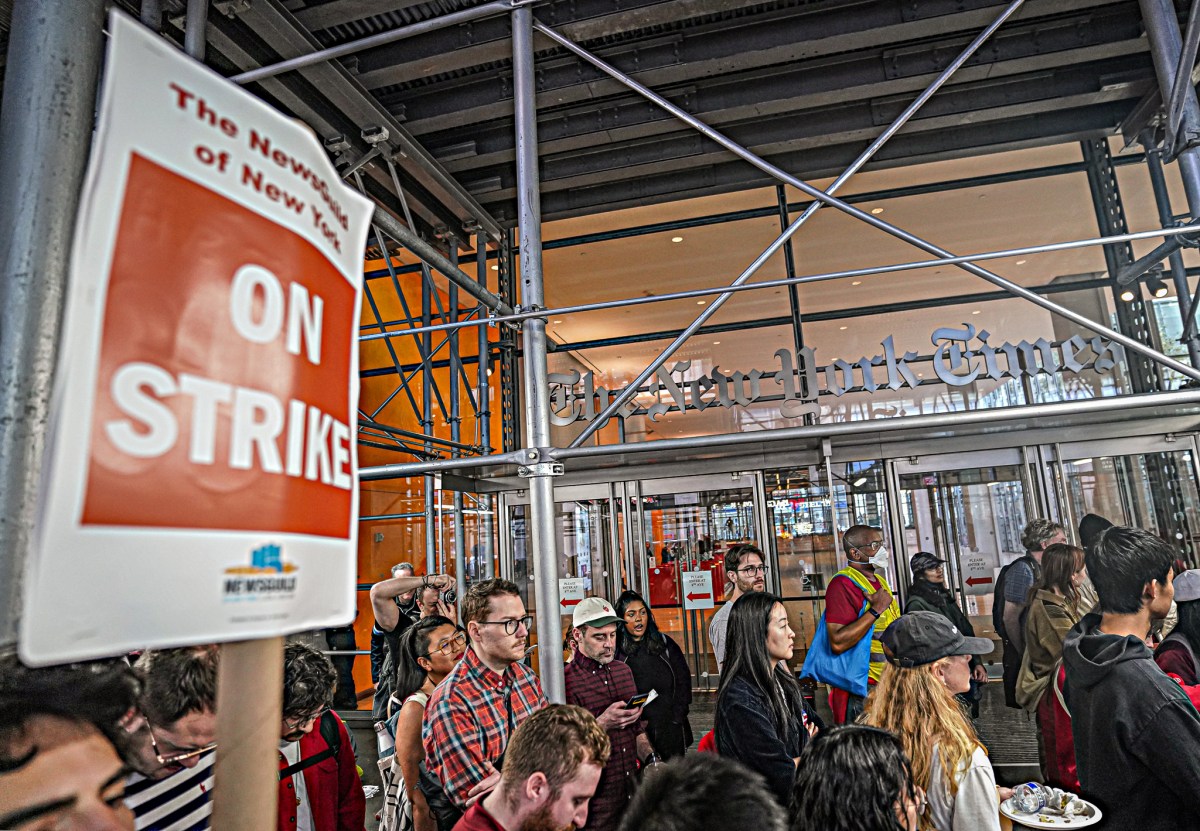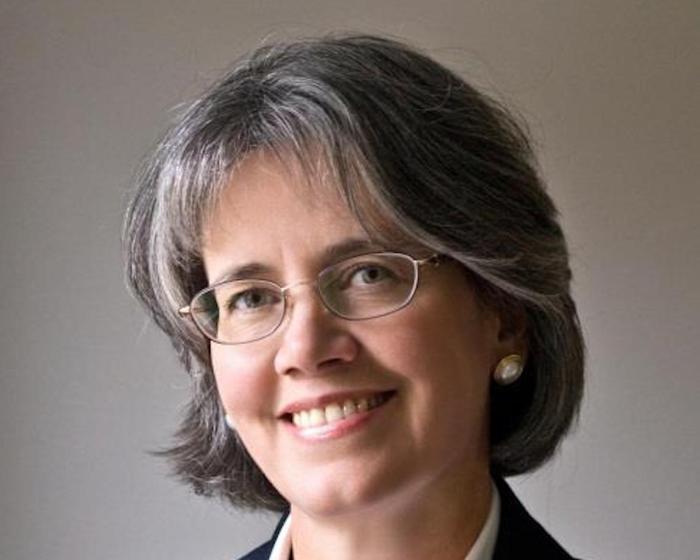MELBOURNE (Reuters) – The Australian Open has long been the jewel in Melbourne’s sporting crown but residents with bitter memories of COVID-19 lockdowns fear the Grand Slam could yet prove a poisoned chalice.
As the country nears two weeks without a case of community transmission, Tennis Australia spent some A$40 million ($30.58 million) flying in 1,200 players and personnel from around the world and putting them through two weeks of hotel quarantine.
Unlike at last year’s French and U.S. Opens, where the focus was on minimizing the risk of infection to the players, the measures in place for the Australian Open are to protect locals who paid dearly for the freedoms they currently enjoy.
“I think it’s horrible they’re putting the Australian Open on,” said Liam Janke, a chef in Melbourne’s CBD, as he took a cigarette break during his shift on Friday.
“It’s such a massive risk. It’s like they don’t even remember what happened here last year.”
Melbourne was the epicentre of Australia’s largest second wave outbreak, which sprung from returned travellers infecting staff in hotel quarantine.
The outbreak in mid-2020 ended up costing nearly 800 lives and ruined countless livelihoods as some five million people endured one of the world’s strictest lockdowns for nearly four months.
With the virus now under control, Melbourne has regained most of its pre-COVID freedoms and Australia is being held up by other nations as a model for how to contain it.
Yet many Melbourne residents remain cautious about gathering in large numbers and news of a slew of positive tests among the quarantined Australian Open cohort rekindled fears about the potential for another outbreak.
BIG STARS COMPLAINING
Some locals reacted with disdain to players’ complaints about quarantine conditions after they were flown in for free on charter planes while thousands of Australians remain stranded overseas, unable to secure a seat on the limited flights into the country.
“I’ve got mates overseas who are trying to get back to Australia and they can’t,” said Anthony Macarone, a bartender at a pub on the south bank of the Yarra river.
“They keep getting bumped because the airlines find others who will pay more for their seats.
“Then you’ve got these big stars coming in and complaining.”
The first groups of quarantined players and their entourages were released from isolation on Thursday. The rest are expected to exit by Sunday.
They will play in front of capped crowds at the Australian Open, with 35% capacity the current allowance at Melbourne Park.
Social distancing measures mean the cheap and popular “ground passes”, which give fans access to all but the showcourts, will not go on sale this year.
Many people will opt to steer clear altogether, said Danielle Cummins, an aged care worker, who was having a glass of wine at a near-empty bar in the city.
“I usually go but I won’t be this year,” she said.
“I just don’t feel comfortable with it.
“What we have is precious here. And the only way it’s going to come undone is letting in the virus from overseas.”
While Melbourne locals are yet to warm to the event, players have expressed their delight to be in Australia and compete at a Grand Slam.
“We haven’t played in front of a crowd in over a year so it’s been a really long time,” said Serena Williams, who played an exhibition event in Adelaide on Friday after isolating with her three-year-old daughter.
“We were so happy just to be here. Now it’s worth it.”
($1 = 1.3079 Australian dollars)
(Editing by Peter Rutherford and Toby Davis)

